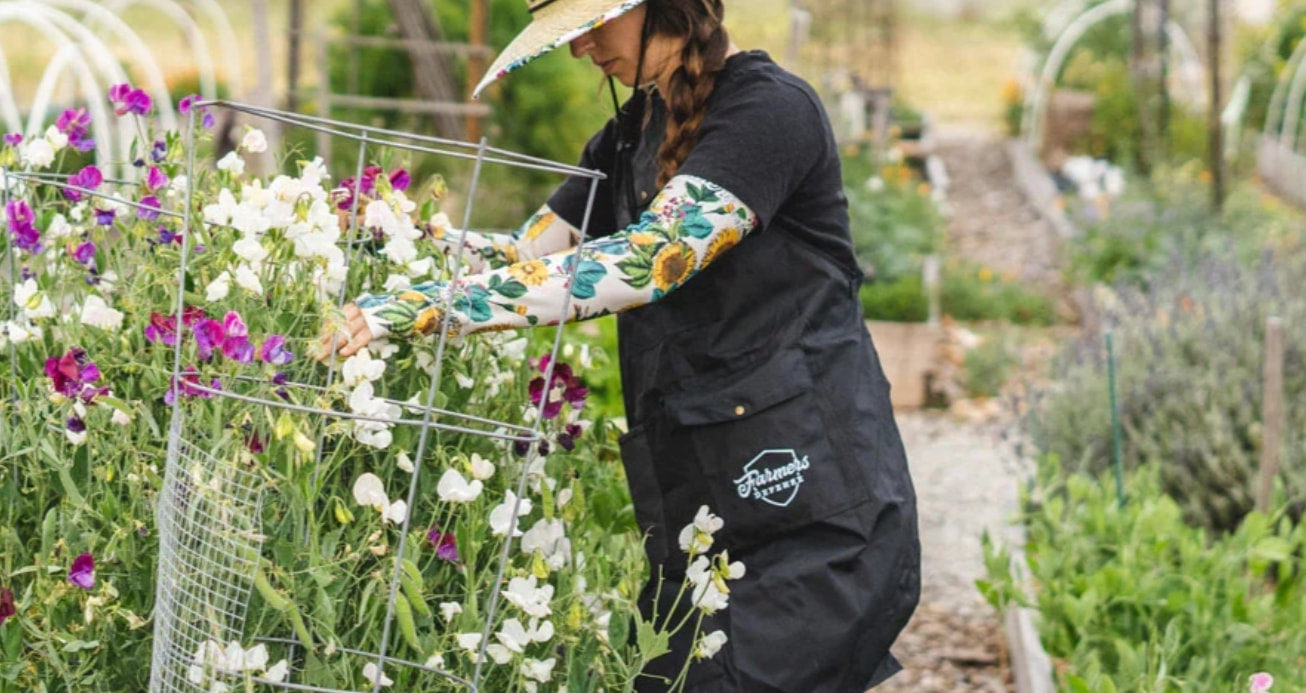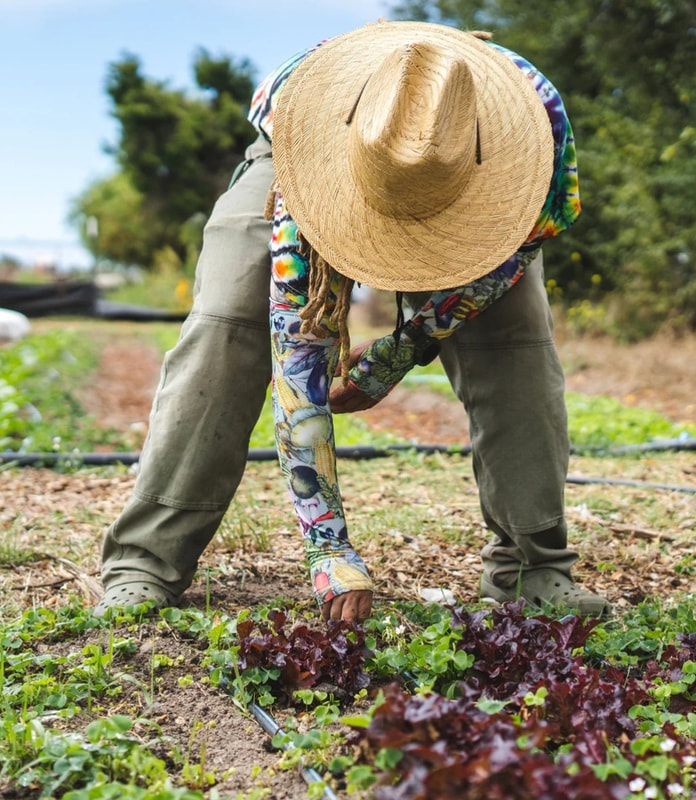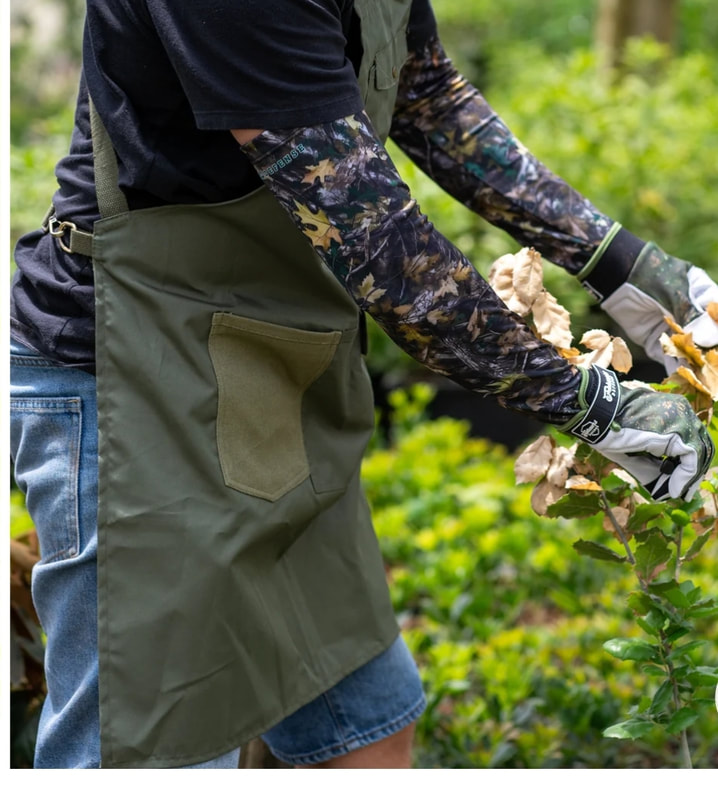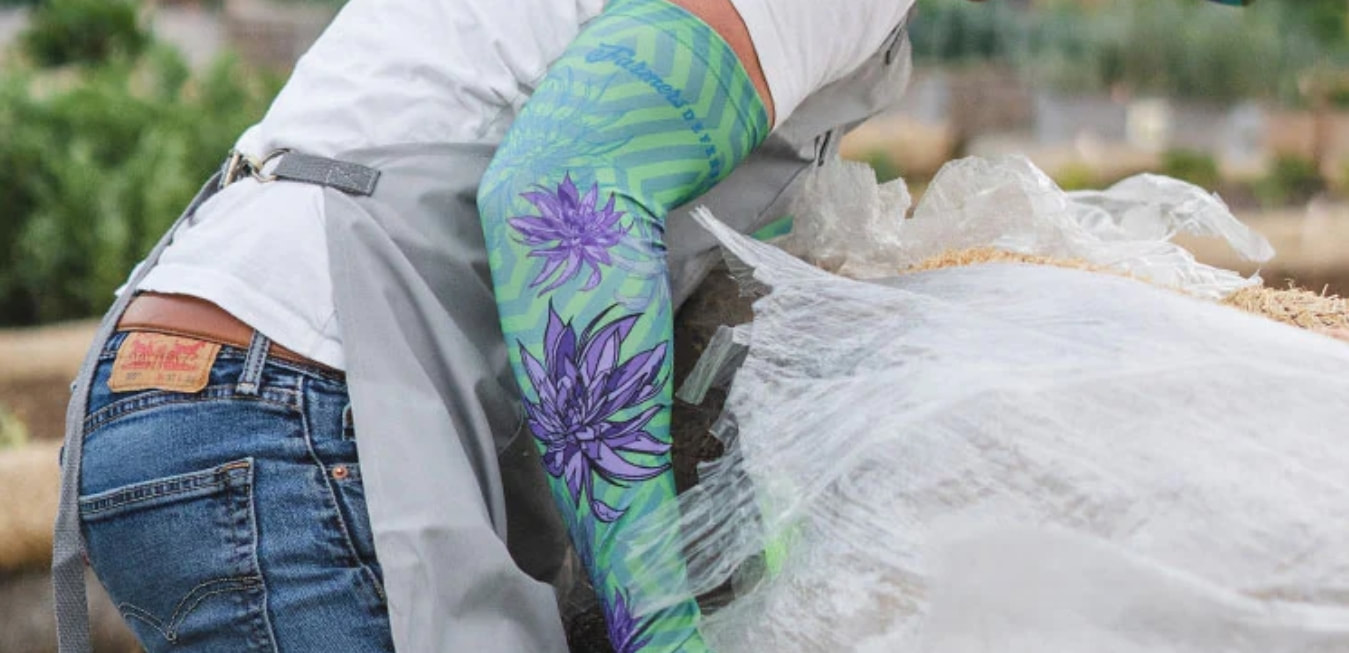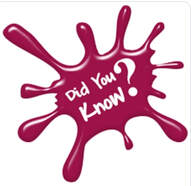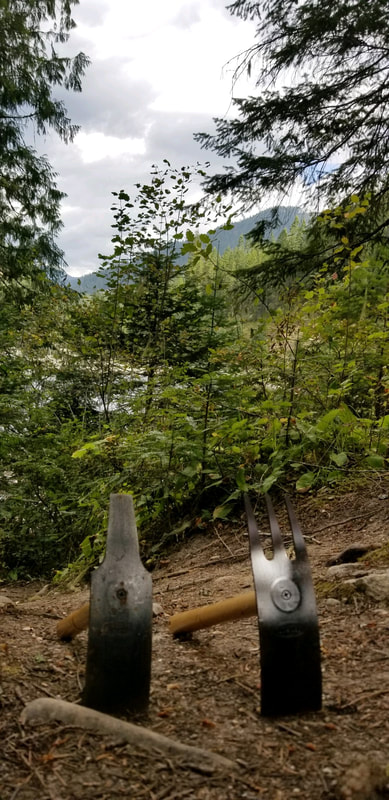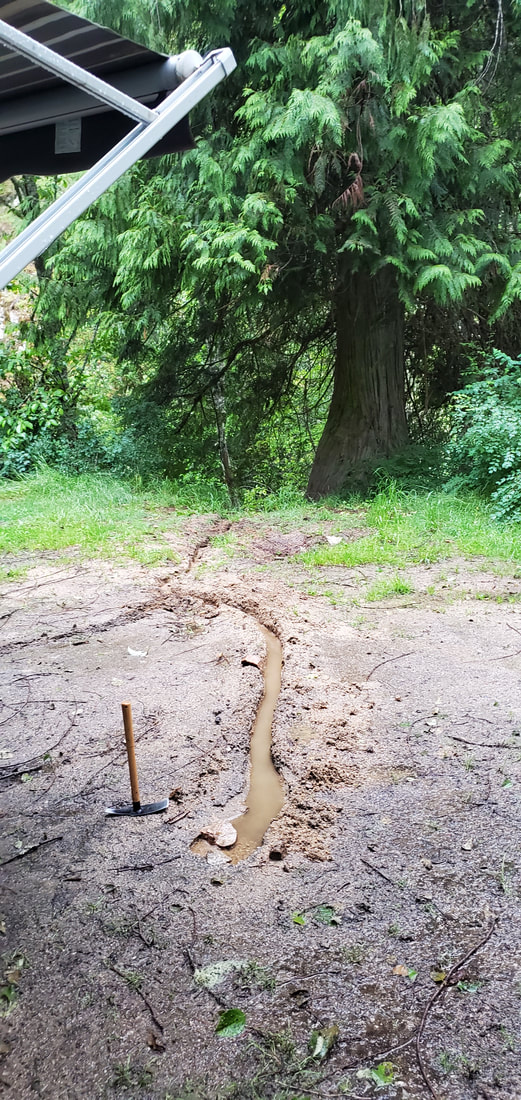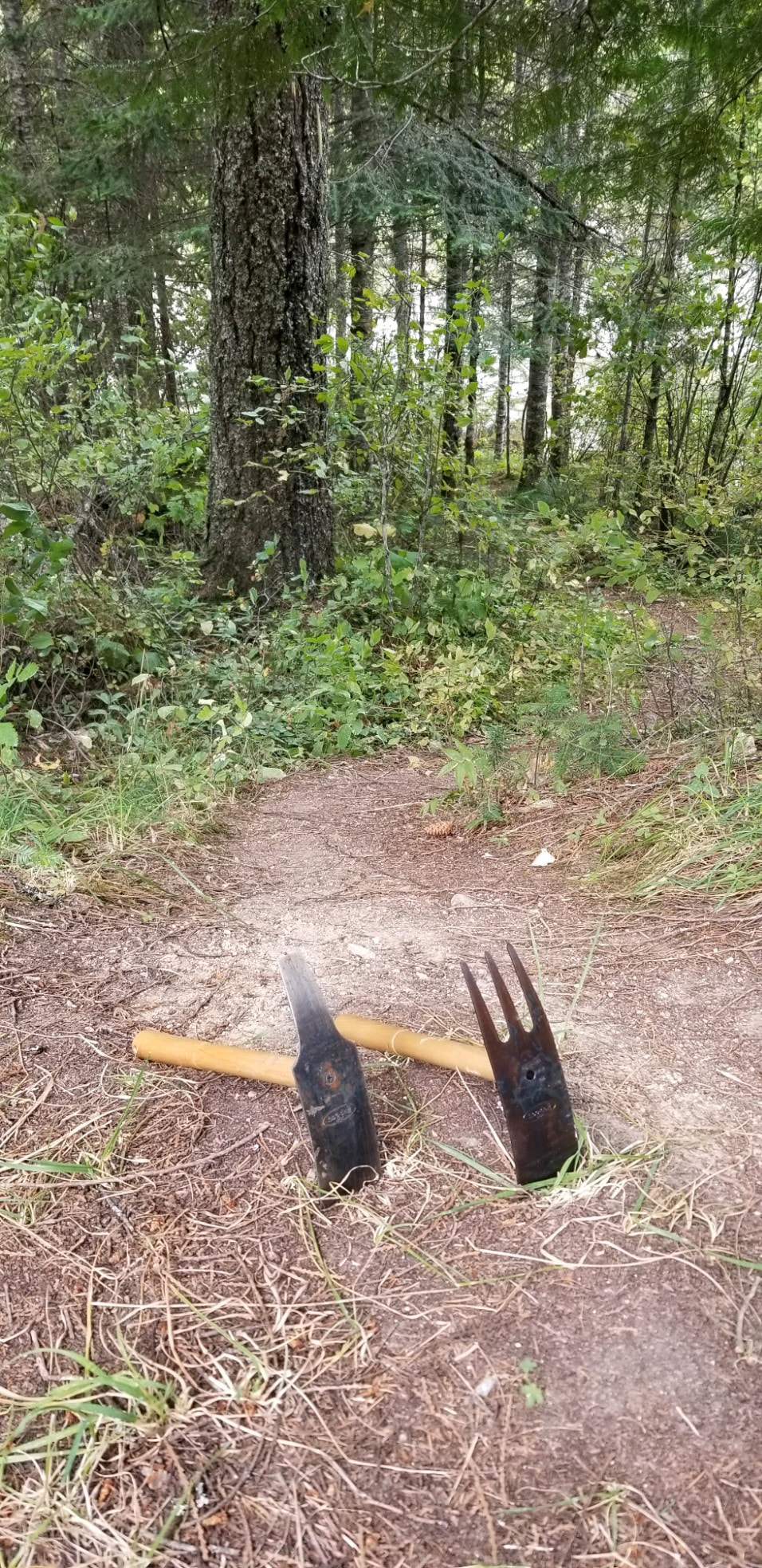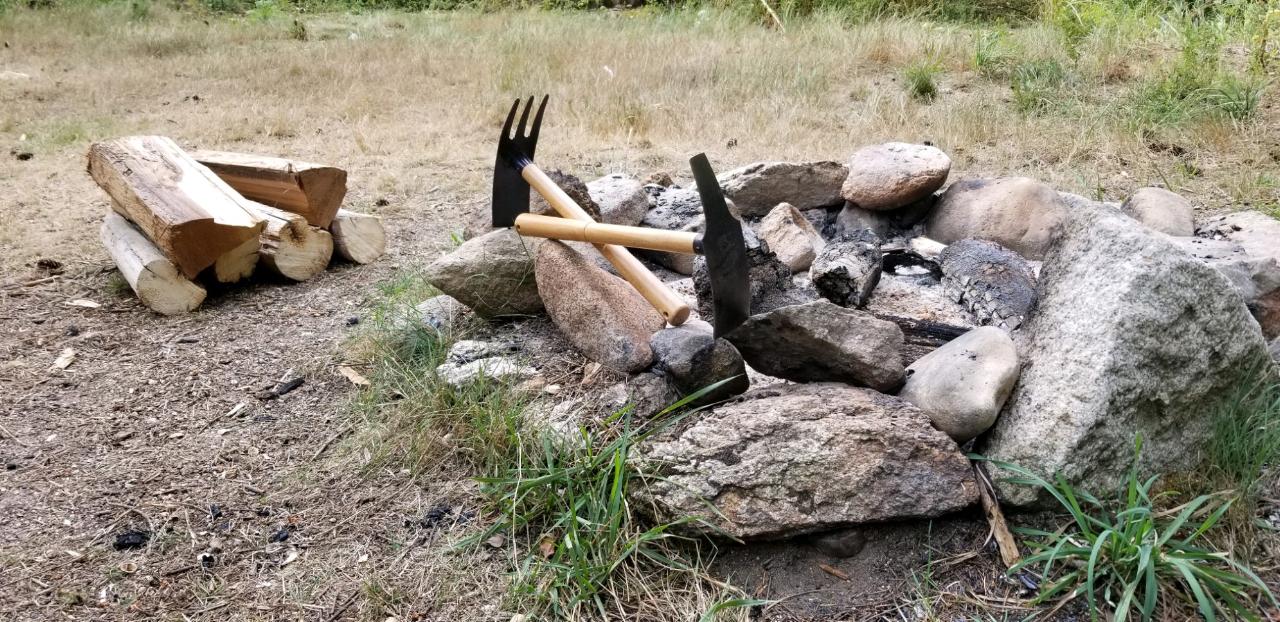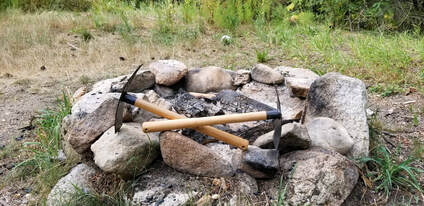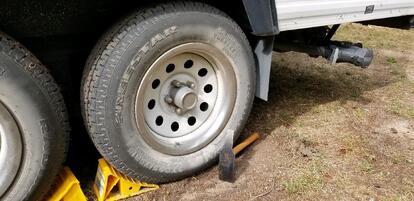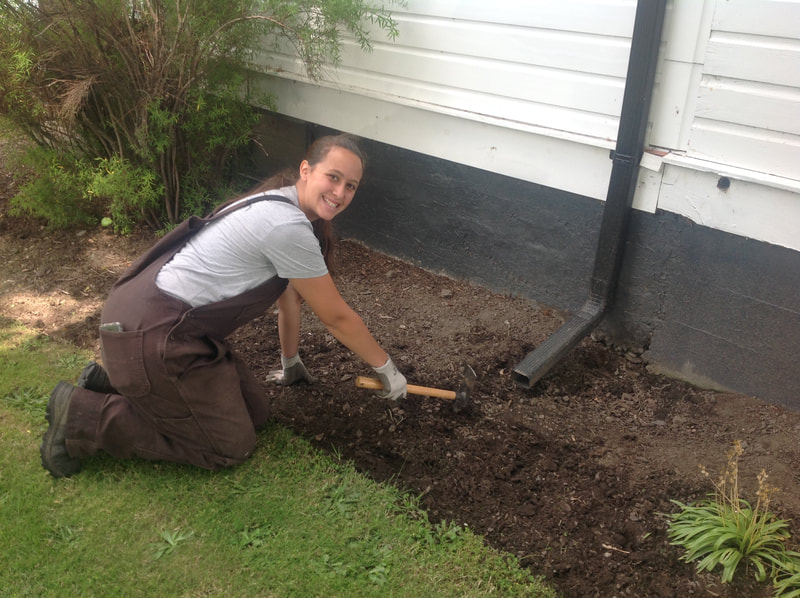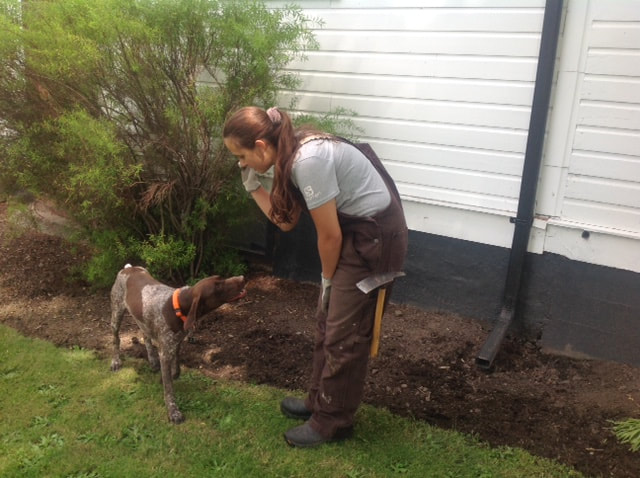Hand Made Premium Garden Tools
SAVE ! Shop Our Garden Tools Sets
* When ordering its very important you choose the correct size. Make sure your bicep is within the measurement's of your chosen size.
|
Hoedag Protection Sleeves offer unparalleled protection of arms and skin for any farmer, gardener, or outdoor worker. Say goodbye to irritated skin and sunburns in the garden. protection sleeves offer cooling comfort and protection against the elements outdoors. These sleeves are made from REPREVE® eco-dynamic fabric, made from recycled materials, with moisture-wicking qualities that keep you cool and dry. Great for:
|
It's here!- protection sleeves designed to help keep you comfortable and protected so you can do what you love and grow in comfort
|
What's happening with Hoedag?
Garden tool news
Terms & Conditions Of Sale
Hoedag sales and coupon discounts ("promotions") are valid only on purchases of in-stock retail products during the specified time. Offer is not valid on wholesale orders. Promotions are not valid towards previous purchases. Hoedag reserves the right to change or modify promotions at any time. Discount offer may not be used in conjunction with any other promotions or discounts. Offer is not redeemable for cash or credit and is void where prohibited by law. No rain checks.
Hoedag sales and coupon discounts ("promotions") are valid only on purchases of in-stock retail products during the specified time. Offer is not valid on wholesale orders. Promotions are not valid towards previous purchases. Hoedag reserves the right to change or modify promotions at any time. Discount offer may not be used in conjunction with any other promotions or discounts. Offer is not redeemable for cash or credit and is void where prohibited by law. No rain checks.
Get Yours Today!
Don't forget tool care and maintenance.
Take care of your tools – Proper cleaning and storage of any garden tools will increase the life of your tools. All hoedag tool blades should be cleaned, sanitized and wiped dry after each use. Like pruners, infected garden hoes and trowels can spread diseases from plant to plant. Garden tools should never be left outdoors at any time of the year, and they should be stored in a garage or shed through winter. The best way to store garden tools, when not in use, is by hanging them up. All of our garden tools have a hole at the end of the handle for hanging.
Also see page titled: Tool Care and Maintenance.
Also see page titled: Tool Care and Maintenance.
Fall garden care is essential for a good winter and an even better spring.
General fall cleanup is key. Pull spent annuals and vegetables and toss them in the compost. Cut back perennials with care, removing damaged branches, as well as plants prone to disease such as garden peonies. Drain hoses and sprinklers, and clean and sharpen tools.
General fall cleanup is key. Pull spent annuals and vegetables and toss them in the compost. Cut back perennials with care, removing damaged branches, as well as plants prone to disease such as garden peonies. Drain hoses and sprinklers, and clean and sharpen tools.
Seed storing tip
Humidity, in particular, is death to seeds. As living things, seeds are perishable, particularly if not kept cool and dry so take the time to store your leftover seeds in a cool, dry place. I've heard of many gardeners having success with stashing their leftover seeds in the fridge, first sealing in zipper bags with the air squeezed out, then placing the bags in a sealed plastic box.
SEED STARTING INSIDE
- check any leftover seeds and make a list of what you need before ordering, then order seeds and plants early to avoid substitution.
- Start seeds of pansies, dusty miller, begonias, snapdragons, delphiniums, and other hardy perennials indoors under lights.
- At month’s end, start seeds of onions, leeks, broccoli, cabbage, and cauliflower indoors under lights.
Review 2023, Revise for 2024
TOP PRIORITY: Take a mental spin through your 2023 garden, or review notes or photos. If you didn’t make/take any, resolve to keep records in 2024. List anything you want to do more or less or just plain differently, to keep in mind before catalog-induced temptation.
TREAT YOURSELF: to a new garden notebook or journal
TREAT YOURSELF: to a new garden notebook or journal
Show care to your compost pile.
If you compost, you can run over dead leaves with a lawnmower before dumping them into your compost bin. Chopping this material up will speed up the composting process, ensuring that you have a nice steaming pile of good stuff for your spring garden. If you’ve had problems with scales, whiteflies, borers, or a or a sever aphid problem it’s better to skip the compost and just discard material from infested plants.
What NOT to Compost:
Not only will these items cause problems in your garden, but they also can make your compost smell bad and attract animals and pests. Avoid these items for a successful compost pile:
What NOT to Compost:
Not only will these items cause problems in your garden, but they also can make your compost smell bad and attract animals and pests. Avoid these items for a successful compost pile:
- Anything containing meat, oil, fat, or grease
- Diseased plant materials
- Sawdust or chips from pressure-treated wood
- Dog or cat feces
- Weeds that go to seed
- Dairy products
Hoedag tools are not just for gardening
Going camping?
Don't forget to bring along your hoedag tools!
Clear or clean up your favorite trails.
Story from a customer
Story from a customer..
Our Granddaughter, Sydnie putting our Hoedag tool to good use! Sydnie recently graduated from Western Washington University, Bellingham WA with a degree in micro biology. Until a job 'crops up', she is helping around the farm, keeping things tidy. The vegetables in the greenhouse are getting a lot of attention, too...her space!
Our Granddaughter, Sydnie putting our Hoedag tool to good use! Sydnie recently graduated from Western Washington University, Bellingham WA with a degree in micro biology. Until a job 'crops up', she is helping around the farm, keeping things tidy. The vegetables in the greenhouse are getting a lot of attention, too...her space!
*Congratulations goes to Judy! You have won the hoedag culti-hoe. Thanks for sending in your photos! We loved seeing our customers using the hoedag garden tools. Hope you enjoy your new tool. This time it's on us.
How to use Hoedag Garden Tools.
Before Starting any Job be sure your tools are clean and in good working order!
How It's Made
Manufacturing Process
Manufacturing Process
Humor Corner
First off Lets get a smile on your face!
A little garden joke just for you!
What is a weed you might ask? A weed is a plant that has mastered nearly every survival skill known to plant except for learning how to grow in rows! (laugh)
A little garden joke just for you!
What is a weed you might ask? A weed is a plant that has mastered nearly every survival skill known to plant except for learning how to grow in rows! (laugh)


